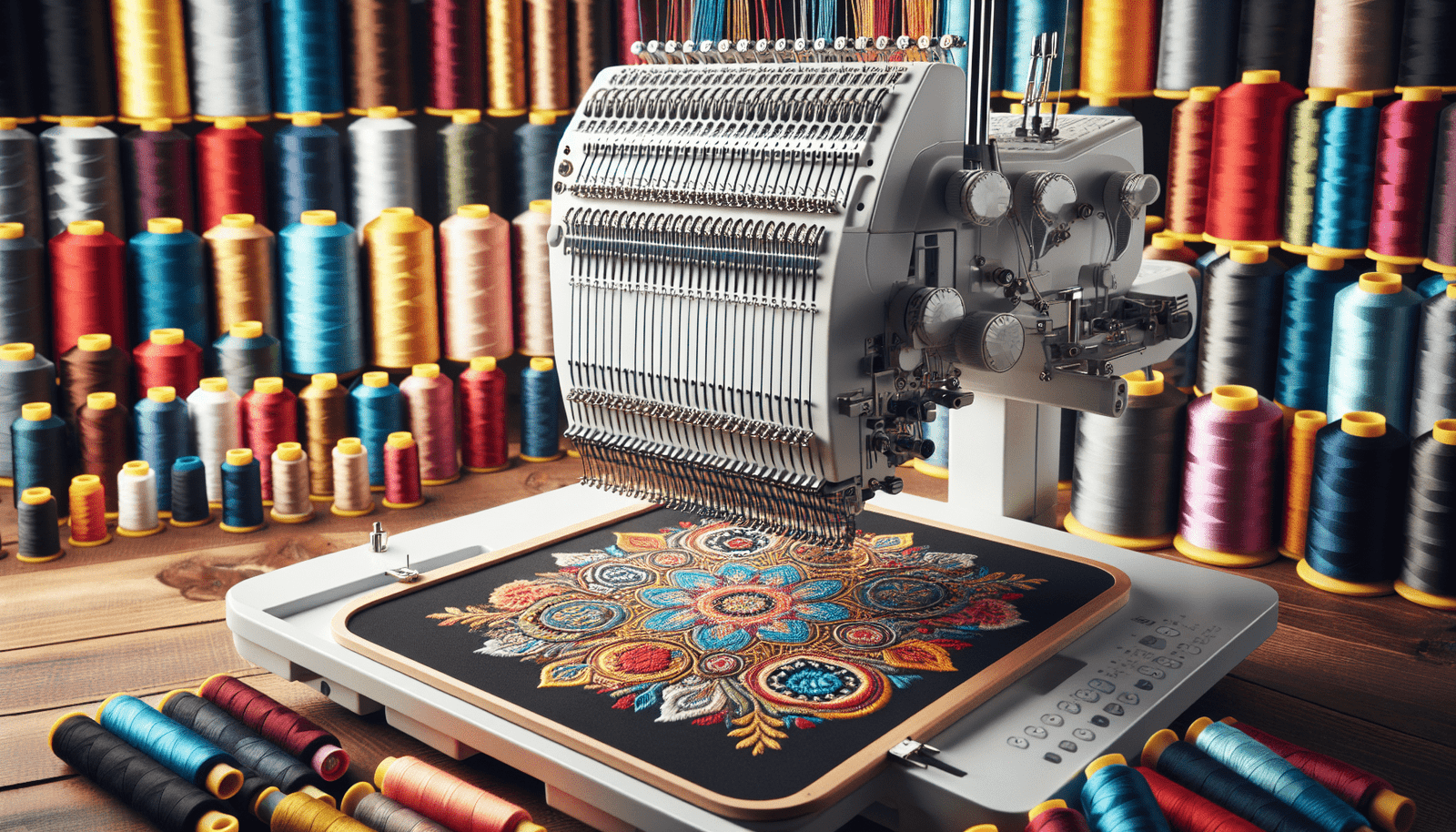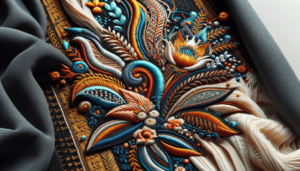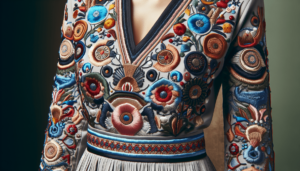The Role Of Technology In Elevating Custom Embroidery
Have you ever wondered how technology has transformed the art of custom embroidery? It’s fascinating to see how a craft with such a rich history has seamlessly integrated modern innovations to create stunning, personalized designs. From traditional hand-stitching methods to advanced digital embroidery machines, technology has drastically changed the way we perceive and produce embroidered items.
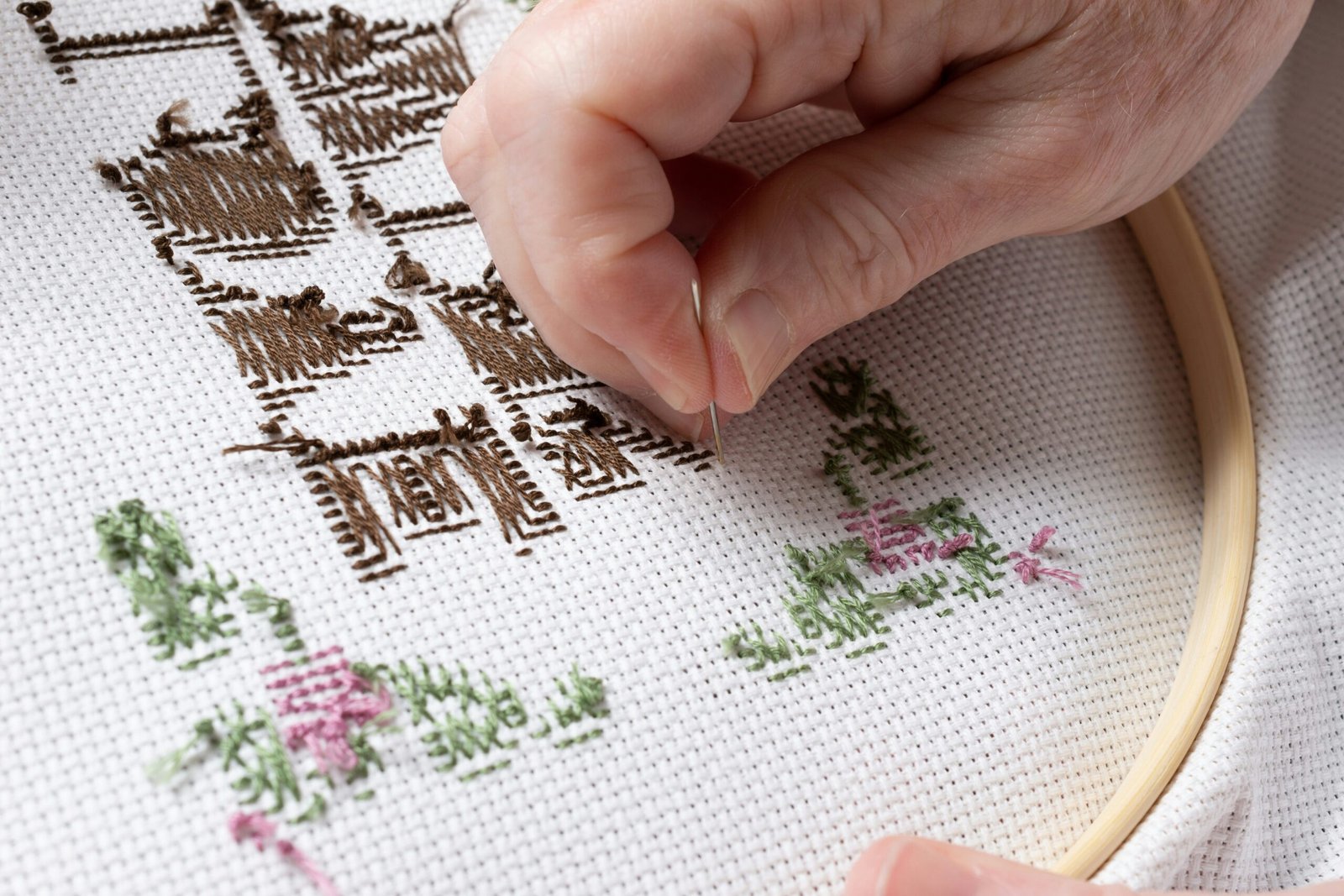
This image is property of images.unsplash.com.
The Evolution of Custom Embroidery
Embroidery has come a long way from its origins, with advancements in technology playing a significant role. In the past, artisans spent countless hours meticulously stitching patterns by hand. The process was labor-intensive and required a great deal of skill, making custom embroidery a luxury only a few could afford.
Early Beginnings
Initially, embroidery was a form of storytelling and a method to adorn garments and household items. But as society evolved, so did the techniques and materials used. The introduction of the sewing machine in the 19th century marked a significant milestone in easing the workload of embroiderers. Even then, the most intricate and personalized designs still required a skilled hand.
Emergence of Digital Technology
The real game-changer came with the advent of digital technology. The digital revolution began in the late 20th century and introduced computer-aided design (CAD) software. This software allowed embroiderers to create complex designs with unprecedented precision and efficiency. The creativity was no longer limited by human limitations; instead, it was expanded by technological possibilities. Enthusiasts and businesses alike could now embark on projects that were once deemed too complicated or time-consuming.
Modern Embroidery Machines
One of the most revolutionary changes technology has brought to custom embroidery is the development of advanced embroidery machines. These machines are designed to perform tasks that were once only possible by hand, but with speed and accuracy that is simply astonishing.
How Do Modern Embroidery Machines Work?
Modern embroidery machines come equipped with computer components that control the stitching process. Here’s a simplified look at how they operate:
| Step | Process |
|---|---|
| 1 | Design Creation: Using CAD software, you create or customize an embroidery design. |
| 2 | File Upload: The design file is then uploaded to the embroidery machine. |
| 3 | Threading: The machine is threaded with the appropriate colors as specified by the design. |
| 4 | Stitch Execution: The machine uses the uploaded design file to guide the needles and threads, creating the embroidery on the fabric. |
Benefits of Advanced Machines
Advanced embroidery machines offer multiple benefits:
- Speed: These machines can complete complex designs in a fraction of the time it would take by hand.
- Accuracy: Computer control ensures that every stitch is perfectly placed.
- Versatility: Modern machines can handle various types of stitches, fabrics, and even 3D embroidery.

This image is property of images.unsplash.com.
Software Innovations
Software plays a pivotal role in the modern embroidery landscape. The software simplifies the design process, provides templates, and even allows for real-time previews of the final product.
Design Software
There are many specialized programs that cater to different aspects of embroidery design:
| Software Type | Functionality |
|---|---|
| Digitizing Software | Converts artwork into stitch files. |
| Editing Software | Allows customization and modification of existing designs. |
| Monogramming Software | Focuses on creating personalized monograms. |
| Lettering Software | Specializes in adding text to designs. |
User-Friendly Features
Modern software solutions are incredibly user-friendly, often featuring drag-and-drop interfaces, extensive libraries of pre-made designs, and customization options that make the whole process a breeze. They also support a variety of file formats, ensuring compatibility with different embroidery machines.
Custom Embroidery in Various Industries
Custom embroidery finds its applications in numerous industries, each benefiting uniquely from technological advancements.
Fashion Industry
In fashion, embroidery adds a touch of uniqueness and luxury to garments. Fashion houses leverage technology to create intricate designs and patterns that set their collections apart. Custom embroidery is often seen in haute couture, where designers use it to craft one-of-a-kind pieces.
Corporate Branding
Many businesses use custom embroidery to enhance their brand identity. Embroidered logos on uniforms, promotional items, and corporate gifts help convey professionalism and attention to detail. With technological advancements, companies can now easily order bulk quantities of custom-embroidered items without sacrificing quality.
Personalized Gifts and Keepsakes
Custom embroidery is a go-to choice for personalized gifts. From monogrammed towels and robes to embroidered baby blankets and wedding gifts, the possibilities are endless. Technology has made it easier for individuals to order customized items online, ensuring that each gift is unique and special.
Athletic and Team Apparel
Sports teams often use custom embroidery to showcase their team logos and player names on uniforms and gear. Advanced embroidery technology ensures that these items are durable and can withstand the rigors of sports activities. Teams can also create customized merchandise for fans, enhancing team spirit and loyalty.

This image is property of images.unsplash.com.
The Art of Digitizing in Custom Embroidery
Digitizing is one of the most crucial steps in modern custom embroidery. It involves converting artwork or designs into a digital format that embroidery machines can read and execute.
What is Digitizing?
Digitizing is the process of translating a visual design into a series of commands that an embroidery machine can understand. This involves mapping out every stitch in the design, taking into account factors like stitch type, direction, and density.
Steps in Digitizing
Here’s a basic breakdown of the digitizing process:
| Step | Description |
|---|---|
| 1 | Artwork Preparation: Start with a high-quality digital image or graphic. |
| 2 | Import to Software: Load the image into digitizing software. |
| 3 | Outline Creation: Trace the major elements of the design. |
| 4 | Stitch Assignment: Assign specific stitch types to each part of the design. |
| 5 | Simulation and Adjustment: Use the software’s simulation feature to preview the embroidery and make any necessary adjustments. |
| 6 | Exporting the File: Save the digitized design in a format compatible with your embroidery machine. |
Importance of Digitizing
Digitizing ensures that the final embroidered product accurately reflects the original design. Poor digitizing can lead to issues like misplaced stitches, imbalanced colors, and even machine malfunctions. Hence, investing time and effort into quality digitizing is crucial for achieving professional results.
Challenges and Solutions in Custom Embroidery
Despite its many benefits, custom embroidery isn’t without its challenges. However, technology offers solutions to many of these problems.
Common Challenges
- Design Complexity: Extremely detailed designs can be difficult to execute perfectly.
- Color Matching: Ensuring that thread colors match the design exactly.
- Fabric Compatibility: Different fabrics react differently to embroidery.
- Thread Breakage: Frequent thread breaks can slow down the production process.
Technological Solutions
- Advanced Software: Modern digitizing software helps in tackling design complexity by providing tools to simplify and optimize designs for embroidery.
- Color Management Systems: Advanced machines and software often come with color-matching features to ensure accuracy.
- Material Guides: Some embroidery machines include settings or guides for different fabric types to ensure optimal results.
- Quality Threads: Using high-quality threads can significantly reduce the chances of breakage, and some machines have sensors to detect and correct thread breaks quickly.
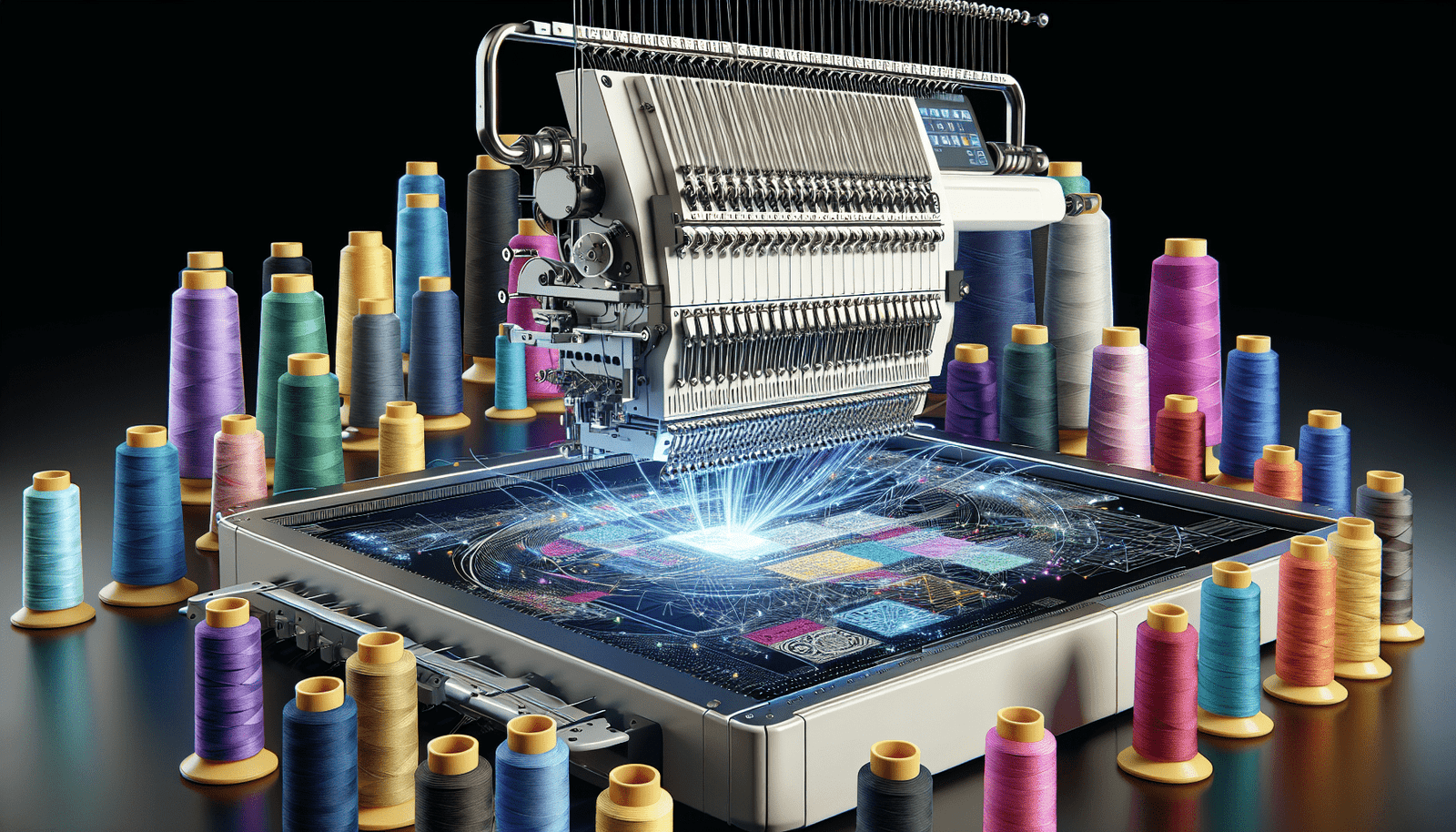
The Future of Custom Embroidery
As technology continues to evolve, so will the possibilities in custom embroidery. Here are a few trends to watch out for:
AI and Machine Learning
Artificial intelligence (AI) and machine learning are set to revolutionize many industries, and embroidery is no exception. Imagine software that can automatically digitize designs with minimal input, or machines that can adapt to different materials and conditions in real-time. These advancements will make custom embroidery even more accessible and efficient.
Sustainable Practices
As sustainability becomes a global priority, the embroidery industry is also moving towards more eco-friendly practices. From using organic threads and biodegradable stabilizers to optimizing processes to reduce waste, technology will play a crucial role in making embroidery more sustainable.
Virtual and Augmented Reality
Virtual and augmented reality technologies have the potential to transform how you design and visualize embroidery projects. Imagine being able to ‘see’ your design on a garment before even starting the embroidery process. This capability will not only enhance the design process but also reduce errors and wasted materials.
Conclusion
The role of technology in elevating custom embroidery is undeniably profound. From advanced embroidery machines to sophisticated software, technology has made it easier than ever to create intricate, beautiful, and personalized embroidered items. The journey from traditional hand-stitching to modern digital embroidery showcases the incredible potential that lies in the fusion of age-old craftsmanship with cutting-edge technology. Whether you’re a hobbyist or a business, the advancements in custom embroidery technology offer endless possibilities to explore and innovate.
So next time you admire a beautifully embroidered piece, remember the technology that made it possible and the creative journey it underwent to become a work of art.
